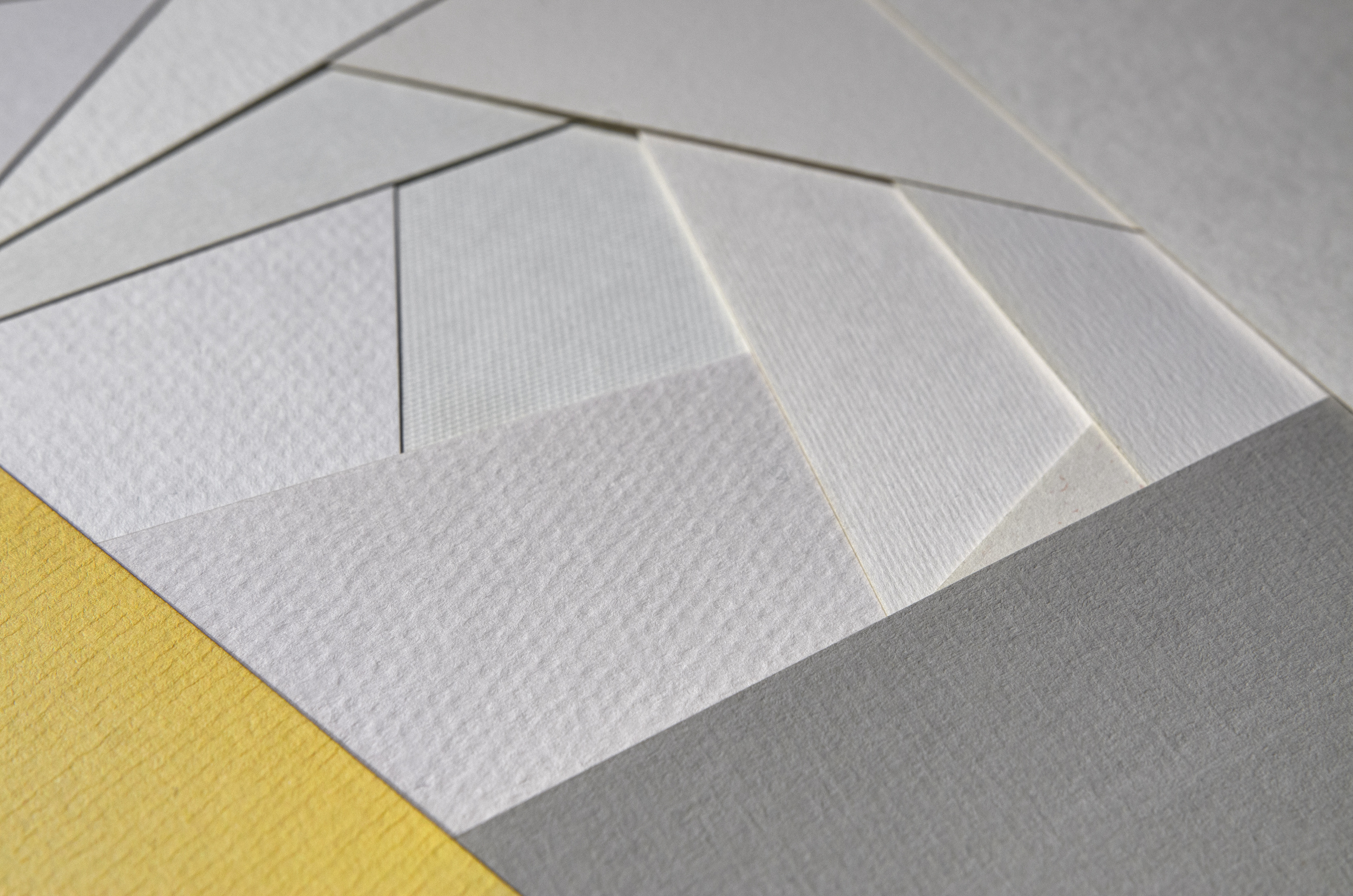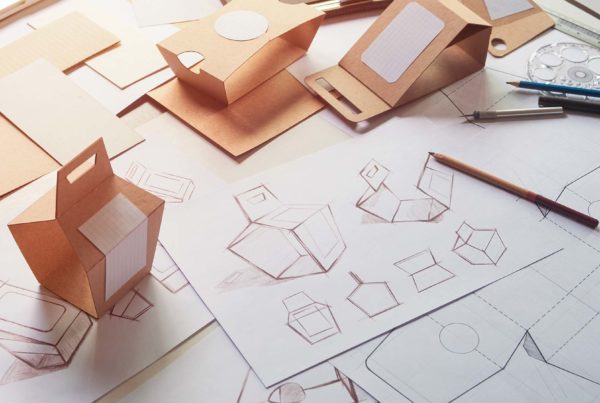Sabine Lenz is the founder of PaperSpecs. An award-winning graphic designer with more than 20 years of experience in the United States, Germany, and Australia, she combines a passion for paper and print with a hands-on approach to sharing her knowledge. For tips, events, reviews of printed inspirational pieces, a comprehensive glossary of paper terms, and more, visit PaperSpecs.com.

Y ou made it through 2020, your clients are responding again, and business is on the up. But now . . . “This paper is currently not available.” If you’ve heard this sentence in the last few months, you’re not alone. We are currently in what many paper experts are calling the most volatile and tightest paper market in recent history. What does this mean? How did we get here? And what can you do to ensure your projects are printed on your paper of choice?
How We Got Here
To make it through the unexpected turmoil of 2020, paper mills—like most companies—had to reevaluate their cost structures. Machines were taken offline, personnel were cut, and several mill facilities were closed. Everyone hunkered down, waiting for brighter days to come. Naturally, no one knew when those might arrive. So, the “sudden” recovery of the US economy has put a lot of demand on the much-reduced paper capacity, which, in turn, has been leading to the strained allocation of paper inventory.
Papers Are Being Discontinued
Several of your favorite fine paper mills have taken a very, very close look at their offerings, and you can expect a lot of changes continuing to come our way later this year as mills have used the downtime to review their products. We have already seen—and will continue to see—SKUs being taken off the market. Specific weights, colors, and finishes that do not sell well are being discontinued.
”So, it bears repeating: the best way to ensure you get your paper of choice is to talk to your printer very, very early on in your project.
The Skyrocketing Cost of Transportation—and Paper
While all the above was no surprise to me, I have to admit that transportation costs were not something on my radar . . . at least until a paper mill friend of mine pointed out the obvious. During the pandemic, airlines encouraged their pilots to take early retirements (and now are wondering who is going to fly their planes) and truckers in the United States retired in droves. Trucking schools were closed due to COVID-19 concerns, which prevented the next generation of drivers from getting their Class A licenses. When our economy started to rebound, the available driver-to-load ratio was significantly impacted, driving costs through the roof.
But wait, there’s more . . .
We are not alone in this. The overall slowdown required Asia to retire many container ships. And while the economic recovery has created a significant spike in online shopping (what we now call “the Amazon effect”), this again required the use of container ships that—you guessed it—are no longer in service. This has created a higher demand for containers, which in turn increased international shipping costs by about 250 percent. And while I could go into even more detail (pulp shortage, anyone?), I know it comes as no surprise that many mills have had to increase their paper prices.
What You Can Do
While paper merchants are aiming to ensure paper is allocated to them so they can fulfill your needs, the best thing you can do is communicate early and often.
Talk to your print service provider very early (much earlier than you used to) to inquire about the availability and possibility of putting a hold on the paper quantities you need. Talk to your marketing departments, clients, colleagues, and designers regarding any upcoming projects to ensure the paper you may spec can be set aside for you in the quantity the projects will require.
That said, there will still be times when the paper you are looking for will not be available. There will be times when you need to be patient, flexible, and willing to look at alternatives. So, it bears repeating: the best way to ensure you get your paper of choice is to talk to your printer very, very early on in your project. And if it helps, remember that you are not alone in this.







